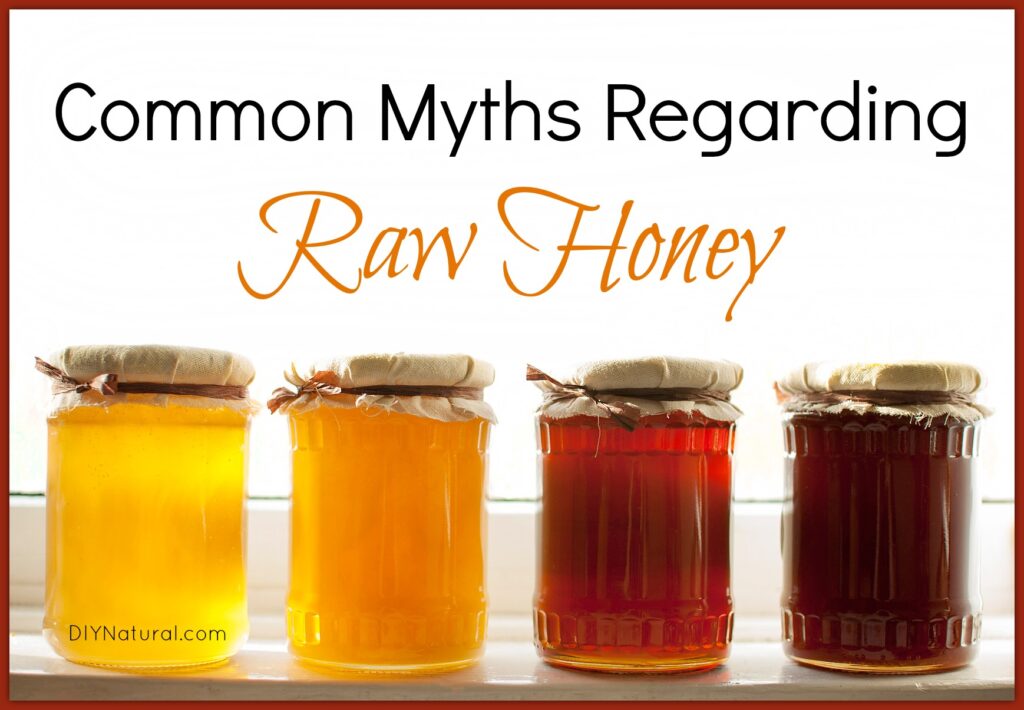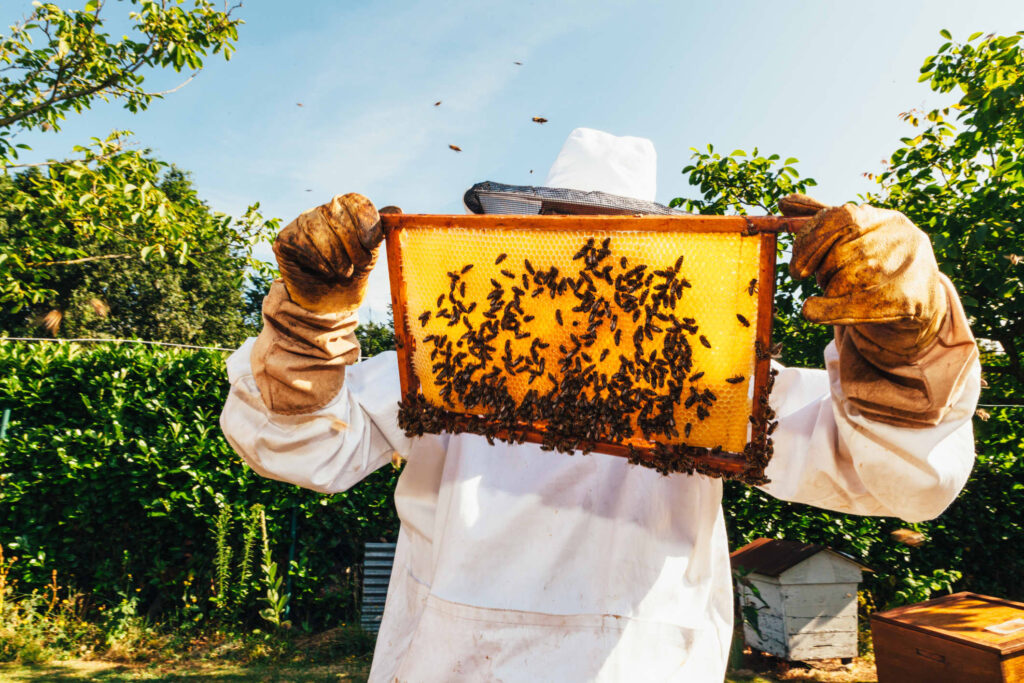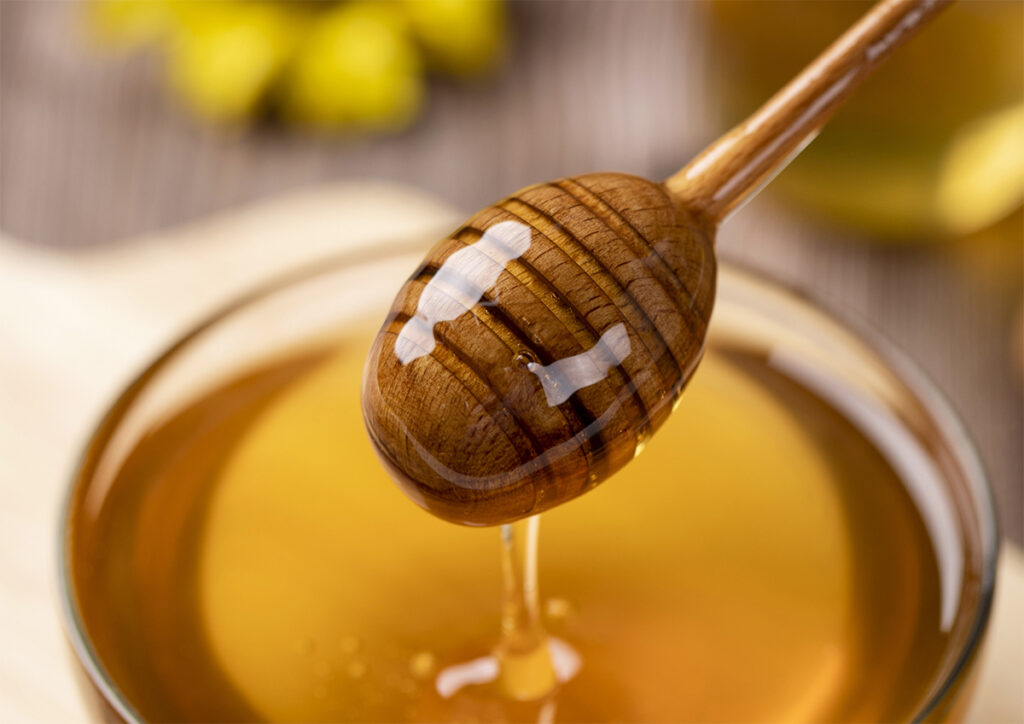
Have you ever wondered if it’s possible to be allergic to honey? Well, in this article, we aim to shed some light on the topic of honey allergy. Is it just a myth or a reality? We will explore what exactly honey allergy entails, common symptoms, and the potential causes. So if you’ve been curious about this buzzing topic, keep reading to find out what you need to know!
What is a honey allergy?
Definition of honey allergy
A honey allergy is an immune system response to certain proteins found in honey. When a person with a honey allergy comes into contact with honey, their immune system mistakenly identifies these proteins as harmful and produces an allergic reaction. This reaction can range from mild symptoms, such as hives or itching, to more severe symptoms, such as difficulty breathing or anaphylaxis.
Causes of honey allergy
The exact cause of honey allergy is still a subject of research, but it is believed to be related to the proteins found in honey. These proteins can trigger an immune response in individuals who are sensitive or allergic to them. Additionally, some people may develop an allergy to honey due to cross-reactivity with other allergens, such as pollen or bee venom.
Symptoms of honey allergy
Symptoms of honey allergy can vary from person to person, and the severity of the symptoms can also differ. Common symptoms include itching, hives, redness or swelling of the skin, nasal congestion, sneezing, watery eyes, coughing, wheezing, difficulty breathing, abdominal pain, diarrhea, or even anaphylaxis in severe cases. It is important to note that an allergic reaction to honey may occur immediately after consumption or exposure, or it may be delayed and occur several hours later.
Types of honey allergies
Allergic reaction to honey
An allergic reaction to honey typically occurs when the immune system identifies the proteins in honey as harmful invaders. This can trigger the release of histamine and other chemicals in the body, leading to symptoms such as hives, itching, or swelling. In more severe cases, an allergic reaction to honey can result in anaphylaxis, a life-threatening allergic response that requires immediate medical attention.
Allergic reaction to bee pollen in honey
Another type of honey allergy is an allergic reaction to bee pollen that may be present in honey. Bee pollen is collected by bees from flowers and is often found naturally in honey. Some individuals may be allergic to specific types of pollen, and consuming honey that contains these pollen particles can trigger an allergic response. This can lead to symptoms similar to those of other pollen allergies, such as sneezing, nasal congestion, or itchy eyes.

Differentiating honey allergy from other reactions
Honey allergy vs intolerance
It is important to distinguish between a honey allergy and intolerance. While a honey allergy involves an immune system reaction, an intolerance to honey usually involves difficulty digesting or processing the sugars or other components in honey. Symptoms of honey intolerance may include bloating, gas, stomach cramps, or diarrhea. Unlike an allergic reaction, honey intolerance does not typically involve an immune response and is not life-threatening.
Honey allergy vs hay fever
Honey allergies may sometimes be mistaken for hay fever, also known as allergic rhinitis, due to similar symptoms. However, there are distinct differences between the two. Hay fever is caused by an immune response to airborne allergens such as pollen or pet dander, while honey allergy occurs due to a reaction to specific proteins in honey. Furthermore, hay fever symptoms typically occur seasonally or in response to specific allergens, whereas honey allergy symptoms can occur at any time after honey consumption.
Identifying honey allergy
Testing for honey allergy
If you suspect you have a honey allergy, it is important to consult with a healthcare professional for proper evaluation and testing. Allergy testing can help identify specific allergens, such as the proteins in honey, that trigger an immune response. Common allergy tests include skin prick tests, blood tests, or oral food challenges, where small amounts of honey are consumed under medical supervision to observe any allergic reactions.
Common triggers for honey allergy
While honey itself is the primary trigger for a honey allergy, individuals with this allergy should also be cautious of other potential sources of exposure. Certain foods and products may contain honey as an ingredient or be cross-contaminated with honey during processing. It is important to carefully read food labels and be aware of hidden sources of honey, such as sauces, dressings, baked goods, or flavored beverages.

Managing honey allergy
Avoiding honey and honey products
The most effective way to manage a honey allergy is to avoid consuming honey and honey-containing products. This includes raw honey, processed honey, honey-infused products, and foods or beverages that may contain honey as an ingredient. It is also important to inform restaurant staff about your allergy to ensure that honey is not mistakenly added to your dishes.
Reading food labels for hidden honey
When managing a honey allergy, it is crucial to read food labels carefully. Honey may be listed as an ingredient in various packaged products, even those that may not seem obvious, such as salad dressings, granola bars, or marinades. Be aware of alternative names for honey, such as honey extract, honey powder, or honey syrup, as these can also indicate the presence of honey in a product.
Allergy emergency care
In case of accidental exposure or a severe allergic reaction, individuals with a honey allergy should always carry an epinephrine auto-injector, such as an EpiPen, as prescribed by their healthcare provider. It is important to know how to properly use the auto-injector and seek immediate medical attention even after administering it. Allergy emergency care may also involve antihistamines or corticosteroids to help manage symptoms.
Alternative sweeteners for honey allergy sufferers
Natural alternatives to honey
For individuals with a honey allergy, there are several natural alternatives that can be used as sweeteners. Maple syrup, agave nectar, or molasses can provide similar sweetness and flavor profiles when used in cooking, baking, or as a topping. Additionally, fruit purees or fruit juices can be used as a natural sweetener alternative in certain recipes.
Artificial sweeteners for honey substitution
Artificial sweeteners, such as stevia or sucralose, can also be used as alternatives for individuals with a honey allergy. These sweeteners do not contain honey and can provide the desired sweetness without triggering an allergic reaction. However, it is important to note that some artificial sweeteners may have their own potential side effects or limitations, so it is advisable to consult with a healthcare professional before incorporating them into your diet.

Honey allergy in children
Prevalence of honey allergy in children
Honey allergies can affect individuals of all ages, including children. However, the prevalence of honey allergy in children is relatively low compared to other food allergies. It is estimated that less than 0.5% of children have a true honey allergy. Despite its rarity, it is essential for parents and caregivers to be aware of potential allergies in children and seek medical attention if any allergic symptoms occur after honey consumption.
Diagnosing honey allergy in children
Diagnosing honey allergy in children follows a similar process as in adults. Healthcare professionals may use similar allergy tests, such as skin prick tests or blood tests, to identify specific allergens and confirm a honey allergy. It is important to involve pediatric allergists or immunologists who specialize in diagnosing and managing allergies in children.
Managing honey allergy in children
Managing honey allergy in children involves strict avoidance of honey and honey-containing products. Parents and caregivers should educate themselves about honey alternatives and carefully read food labels to ensure the absence of honey. It may also be necessary to inform schools, daycare centers, and other caregivers about the child’s allergy to minimize the risk of accidental exposure.
Potential complications of honey allergy
Severe allergic reactions
In some cases, a honey allergy can lead to severe allergic reactions, including anaphylaxis. Anaphylaxis is a severe systemic allergic reaction that can cause life-threatening symptoms, such as difficulty breathing, a rapid drop in blood pressure, or loss of consciousness. Prompt medical treatment, including the administration of epinephrine, is essential in managing and treating severe allergic reactions.
Asthma exacerbation
Individuals with existing asthma may experience the exacerbation of their asthma symptoms when exposed to honey or honey products. This can include increased wheezing, shortness of breath, coughing, or chest tightness. It is important for individuals with both honey allergy and asthma to have a personalized asthma management plan in place to effectively control their symptoms.
Cross-reactivity with other allergens
Some individuals with a honey allergy may also experience cross-reactivity with other allergens, such as pollen or bee venom. This means that the immune system recognizes similar proteins in honey, pollen, or bee venom and produces an allergic response. It is important for individuals with this type of cross-reactivity to be aware of their specific allergens and take necessary precautions to avoid exposure.

Famous misconceptions about honey allergy
Honey allergy causing bee sting allergy
There is a common misconception that a honey allergy can cause an allergic reaction to bee stings. However, honey allergies and bee sting allergies are two separate conditions. While both can occur in the same person, they are caused by different allergens. A honey allergy is triggered by proteins in honey, while a bee sting allergy is a response to the venom of a bee sting. It is possible for an individual to be allergic to one and not the other.
Heating honey removes allergenic properties
Another misconception is that heating honey can remove its allergenic properties. While heating honey may alter its taste or texture, it does not significantly change the proteins responsible for triggering an allergic reaction. Therefore, individuals with a honey allergy should still avoid consuming heated honey or products containing heated honey to prevent allergic reactions.
Conclusion
In conclusion, a honey allergy is a real and potentially serious condition that can cause a range of symptoms, from mild to severe. It is important for individuals with a honey allergy to be aware of the causes, symptoms, and potential complications associated with this allergy. Proper identification, management, and avoidance of honey and honey-containing products are crucial in preventing allergic reactions. With the right knowledge and precautions, individuals with a honey allergy can still enjoy a sweet and fulfilling life.
